Idrw Team
SOURCE: IDRW.ORG.

India is stepping up its defense export strategy, aiming to capture markets in Africa and the Western Indian Ocean region. This move aligns with India’s broader geopolitical and economic goals, leveraging its growing defense manufacturing capabilities to foster stronger ties with these regions. The initiative reflects India’s ambitions to expand its influence and establish itself as a key player in the global defense market.
India’s defense export strategy is targeting countries across Africa and the Western Indian Ocean. These regions are increasingly looking to diversify their defense procurement sources, making them ideal markets for India’s defense products. By offering a range of military hardware and technology tailored to the specific needs of these nations, India aims to fill the gap left by traditional defense suppliers.
Continue readingSOURCE: IDRW.ORG
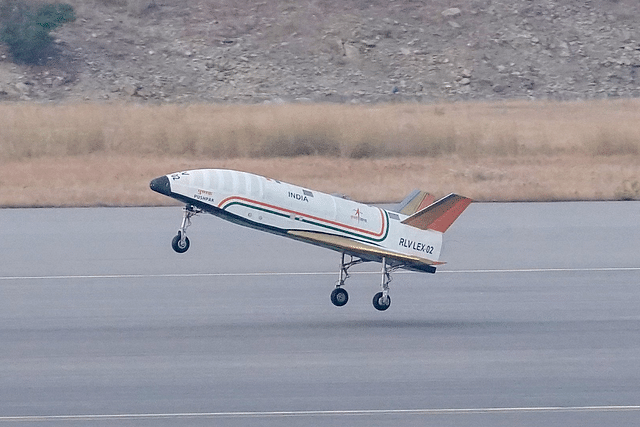
The Indian Space Research Organisation (ISRO) is inching closer to its Reusable Launch Vehicle (RLV) program with the upcoming third and final RLV landing experiment (RLV LEX).
“We’re progressively raising the difficulty level with this mission,” said Dr. Unnikrishnan Nair, highlighting the increasing complexity of the tests. The RLV-LEX missions involve an unmanned winged prototype, named Pushpak, being taken to a predetermined height and released for a controlled landing under various conditions. In the upcoming LEX-03 mission, Pushpak will be carried to a height of 4.5 kilometers, but with an added challenge – it will be released 500 meters sideways from the runway, compared to the 150 meters in the previous LEX-02 mission.
Continue readingSOURCE: IDRW.ORG

The Johnnette JF-2, a lightweight hand-launched fixed-wing drone, recently impressed during a military exercise in Rajasthan. This drone, deployed by a tank crew, showcased its capabilities as a valuable tool for land forces.
The Johnnette JF-2 boasts several features that make it ideal for battlefield use. First and foremost, its lightweight design and hand-launching mechanism allow for easy deployment by soldiers in the field. Furthermore, its extended 90-minute endurance enables troops to gather vital intelligence over a sustained period.
Continue readingSOURCE: IDRW.ORG.
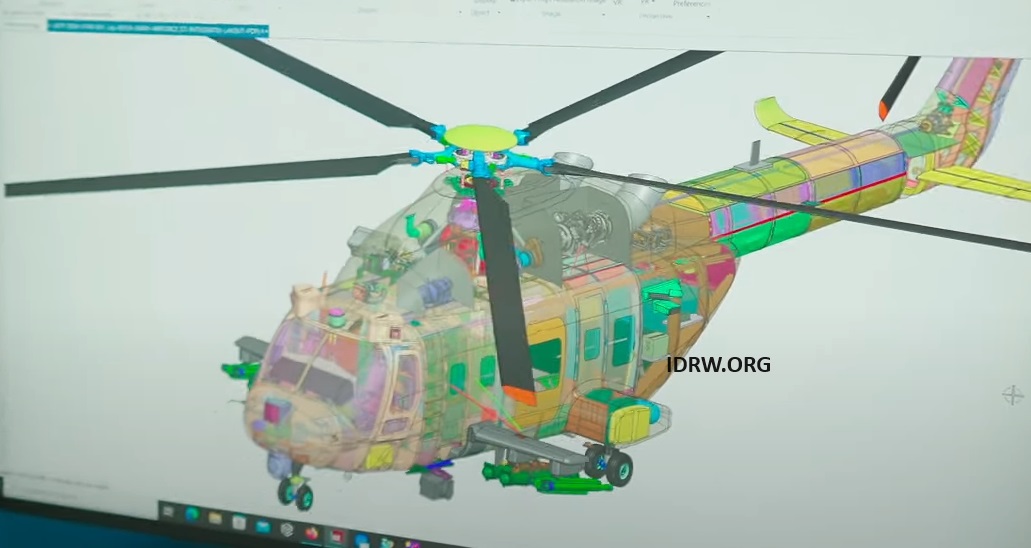
Hindustan Aeronautics Limited (HAL) and Safran Helicopter Engines, a French leader in helicopter engine manufacturing, have embarked on a collaborative effort to develop a new engine for India’s indigenous Multi-Role Helicopter (IMRH) program. This initiative signifies a significant step towards self-reliance in India’s defense aviation sector.
The joint venture between HAL and Safran will not only ensure local production of the IMRH engine but also grant India intellectual property rights (IPR) for the technology. This crucial aspect allows India to further develop and manufacture the engine and its variants without requiring continual approval from Safran.
Continue readingSOURCE: IDRW.ORG.
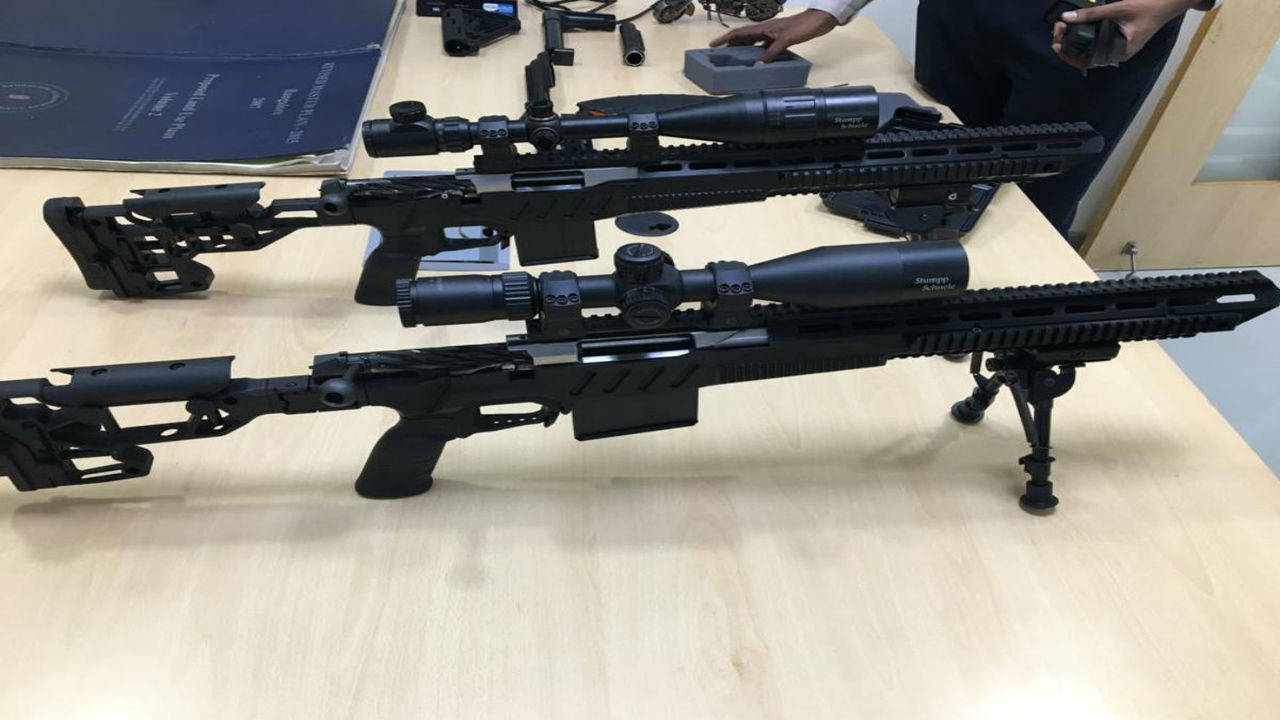
Vivek Krishnan, CEO of SSS Defence, recently made a compelling statement about the company’s readiness to address critical defense needs for India with indigenous, high-standard weaponry. This declaration comes in response to remarks made by former Jammu and Kashmir police chief Shesh Paul Vaid, who highlighted a request from the Indian Army’s Northern Command for 50 snipers equipped with Australian rifles to counter Pakistani sniper attacks.
Krishnan emphasized that the company can provide indigenous weapons that meet international standards, devoid of the restrictions and complications often associated with foreign arms deals. He pointedly criticized the bureaucratic and diplomatic entanglements typical of such procurements, which include end-use guarantees, licensing issues, and high costs, often compounded by diplomatic pressures and critiques of India’s human rights record.
Continue readingSOURCE: IDRW.ORG

A video currently going viral on social media platform X has sparked a flurry of speculation and concern. The footage shows the remains of a missile, reportedly fired by Israeli aircraft at a United Nations shelter in Gaza, bearing the label “Made in India.” This has led to widespread debate and controversy regarding India’s involvement in the manufacturing and supply of weapons used in the ongoing conflict.
As the video gained traction online, many were quick to jump to conclusions about India’s role in supplying arms to Israel. The “Made in India” label visible on the missile remnants suggested to some viewers that India might be directly involved in providing weaponry used in the attack on the UN shelter. The video rapidly went viral, prompting intense scrutiny and calls for clarity from various quarters, including international observers and political analysts.
Continue readingSOURCE: IDRW.ORG

The Indian Army has taken a significant step towards self-reliance in defense technology by awarding a contract to Johnnette Technologies Private Limited. This strategic deal involves the procurement of 150 state-of-the-art loitering munitions, known as the JM-1, marking a major milestone under the Atmanirbhar Bharat initiative.
Johnnette Technologies, a leader in indigenous defense solutions, developed the JM-1 specifically for tactical operations. This precision-guided loitering munition leverages advanced technology to enhance the Indian Army’s tactical edge. The JM-1’s unique AI-powered algorithm enables it to precisely strike targets even at high altitudes exceeding 18,000 feet.
Continue readingSOURCE: IDRW.ORG.

India’s Defence Research and Development Organisation (DRDO) is bolstering the country’s missile defense capabilities with the establishment of a new test centre in Junput village, West Bengal. This project comes in response to the increasing demands on the existing Integrated Test Range (ITR) located in Chandipur, Odisha.
The new facility in Junput, strategically situated on the Bay of Bengal similar to Chandipur, will provide an additional operational area for testing various weapon systems. Latest satellite imagery reveals significant progress at the Junput site, particularly the construction of a launch pad. This launch pad is specifically designed to fire target ballistic missiles in support of upcoming tests of India’s Ballistic Missile Defence (BMD) systems.
Continue readingSOURCE: IDRW.ORG.
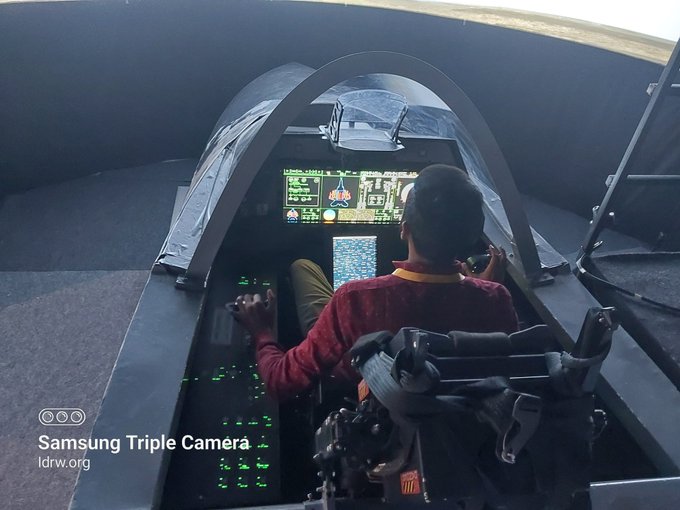
The Indian government’s “strategic partnership” policy aims to invigorate the defense sector by fostering private sector participation through joint ventures with foreign companies. This approach seeks to blend domestic capabilities with advanced foreign technologies to enhance India’s defense production capacity. However, the practical implementation of this policy, particularly the use of Special Purpose Vehicles (SPVs), has led to considerable hesitation among private companies. Several factors contribute to this reluctance, highlighting the need for a more conducive environment for private participation in defense production.
Indian defense projects are inherently complex, involving substantial upfront investments. Technological challenges, protracted development cycles, and uncertain market conditions create a high-risk environment for private firms. The SPV model exacerbates these risks by placing a significant financial burden on private entities. Establishing and managing an SPV requires considerable resources and investment, which can be daunting given the uncertain returns. This financial strain is a critical deterrent for private companies considering entering the defense sector.
Continue readingSOURCE: IDRW.ORG.
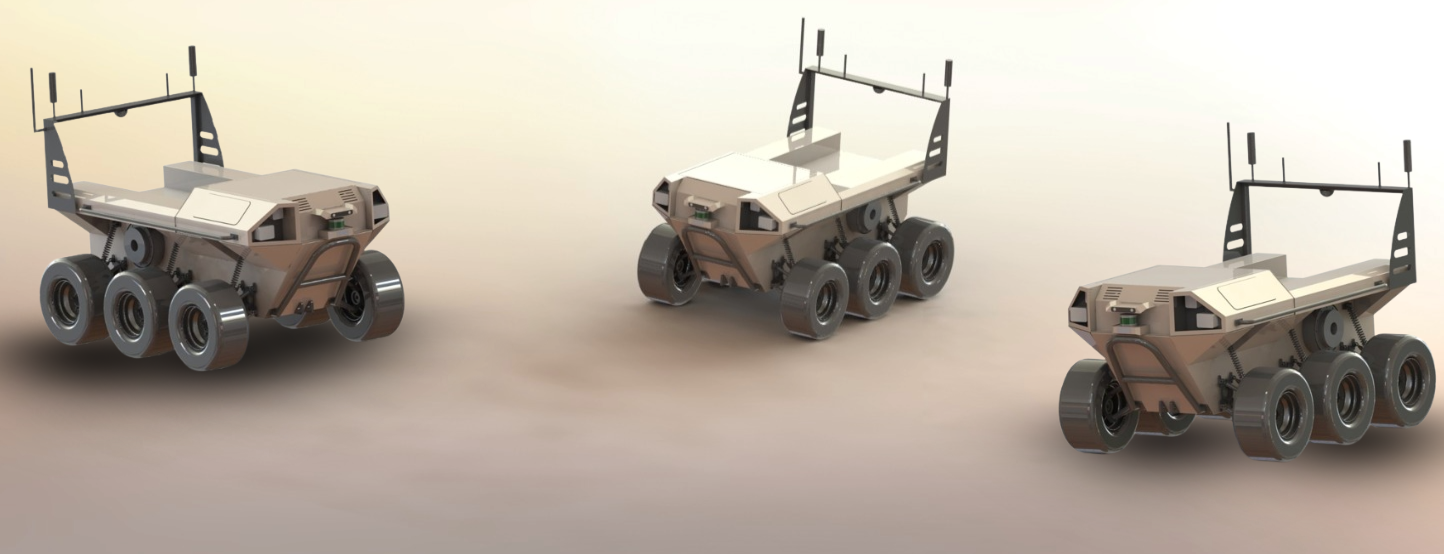
Edgeforce Solutions Private Limited, a Hyderabad-based company, is making significant strides in the field of demining with its innovative Remotely Operated Mine Protected Vehicle (ROMP-V). This unmanned platform holds immense potential for revolutionizing mine clearance operations, safeguarding personnel and enhancing efficiency.
The ROMP-V is a specialized mission support platform specifically designed to tackle the complexities of mine clearance. Remote operation eliminates the need for personnel to enter hazardous minefields, significantly reducing the risk of injury or death from detonations.
Continue readingSOURCE: IDRW.ORG.

Former Indian Air Force Chief, Air Chief Marshal RKS Bhaduria, has shed light on the aerial tensions during the 2021 standoff with China near Ladakh. In a recent statement, he revealed that the Rafale fighter jets, India’s most advanced aircraft at the time, played a central role.
According to Bhaduria, when the situation escalated, the Rafales were India’s strongest aerial defense. He further stated that China responded swiftly to their deployment. As soon as the first Rafale landed in Leh, China reportedly deployed four of their latest J-20 stealth fighters. This tit-for-tat escalation continued, with China deploying 20 J-20s by the time India had positioned four Rafales.
Continue readingSOURCE: IDRW.ORG
)
In a landmark development for defense cooperation, the United States and India are in advanced talks for a $3.99 billion deal to acquire MQ-9B drones. This potential agreement underscores the deepening strategic partnership between the two nations and highlights India’s commitment to enhancing its surveillance and reconnaissance capabilities.
The MQ-9B drone, developed by General Atomics Aeronautical Systems, represents the cutting edge of unmanned aerial vehicle (UAV) technology. Known for its long endurance, high-altitude capabilities, and multi-mission versatility, the MQ-9B is equipped with advanced sensors and precision-guided munitions. These features make it an invaluable asset for intelligence, surveillance, reconnaissance (ISR), and combat missions.
Continue readingSOURCE: IDRW.ORG

India has issued a Notice to Airmen (NOTAM) signifying a potential missile test scheduled for sometime between June 13th and 15th, 2024. The specific area of operation is designated as a 430-kilometer zone within the Bay of Bengal.
While details surrounding the exact nature of the test remain undisclosed by DRDO (Defence Research and Development Organisation), speculations point towards the testing of either the air-to-air BrahMos missile or the Rudram-III air-to-surface missile launched from a Su-30MKI fighter jet.
Continue readingSOURCE: IDRW.ORG

Noida-based Veda Aeronautics has begun testing their “Sureshastra” prototype, a catapult-launched jet-powered drone system designed for swarming attacks. This marks a significant development in India’s unmanned aerial vehicle (UAV) technology, with Veda Aeronautics being the first private company to develop such a system.
The jet engine propulsion allows for precise strikes and tactical operations over a significant range. The swarming capability offers a tactical advantage, enabling the system to neutralize multiple targets simultaneously.
Continue readingSOURCE: IDRW.ORG.

At the recent Beijing Military Intelligence Technology Expo, a company named the Beijing Institute of Stealth Engineering Technology (BIST) caused a stir. A video presentation showcased their development of various simulated targets designed to test and mimic the signal profiles of potential adversaries’ military equipment.
Intriguingly, the video included a replica of India’s Prithvi surface-to-surface missile (SSM). This has raised concerns that BIST might be using these simulations to develop methods for signal measurement and intelligence gathering on real-world Indian weaponry.
Continue reading